 2017-12-29 01:47:01 2017-12-29 01:47:01
|
Post #1
第一集西西里-人去天堂前必须去世界皮划艇梦幻之地 50集 环球旅游最好的创意 |
 kurtyang04 kurtyang04
|
第一集西西里-人去天堂前必须去世界皮划艇梦幻之地 50集 环球旅游最好的创意 |
|
kurtyang04 于 2018-01-04 03:32:58 编辑
---------------------------------------- |
|
 2017-12-29 01:53:56 2017-12-29 01:53:56
|
Post #2
Re: 人去天堂前必须要去的世界皮划艇梦幻之地 50集 |
 kurtyang04 kurtyang04
|
我们从欧洲和意大利开始 书中只列出一个地方,就是ELBA, 威尼斯呢? 还有其他各种去处? |
 2017-12-29 01:58:48 2017-12-29 01:58:48
|
Post #3
Re: 人去天堂前必须要去的世界皮划艇梦幻之地 50集 |
 kurtyang04 kurtyang04
|
泰晤士报的评论 威尼斯皮划艇 https://www.thetimes.co.uk/travel/article/kayak-the-venice-canals/ Kayak the Venice canals If you want to see the secret Venice, you need to paddle your own canoe. Stephen Bleach dodges the vaporettos on the Grand Canal February 29, 2016 From The Sunday Times, October 7 2012 The Grand Canal is silent. The still surface of the water is a glossy black, mirroring the night sky. On either side, the six-storey palazzos soar up and their reflections plummet down, a bottomless symmetry of baroque. Floating in the dead centre of it all, I rest my paddle on the spray deck and try to remember to breathe. I’ve never seen anything so beautiful in my life. Sorry, but when you’ve just paddled a kayak, at night, through the most beautiful city on earth, there is a tendency to gush. I’ll try not to let it happen again. So, the facts. On an average day, there are 60,000 tourists in Venice. About 59,800 of them are traipsing around on foot, teeming on the piazzas and creating bum-bag jams in the alleys; about 197 are paying a packet for a grumpy gondolier to row a few yards along a predetermined route; and three are serenely paddling where they choose, from the Rialto to the furthest backwater, exploring Venice the only way you should, from your own boat. Which group would you sooner be in? Assuming you answered correctly, you need to visit a little outfit called Venice Kayak. The authorities control who can and can’t pilot boats through the city (basically, if you’re not Venetian, you can’t), but the rules apply only to powered craft. This fact has been admirably exploited by René Seindal, a Dane who started kayak tours here four years ago. Everyone paddles their own boat, led by an expert who ensures you don’t get lost in the maze. Considering this must be one of the best-ever ideas in travel, a visit was overdue — so, on a recent afternoon, I went to try it out. It helps if you’ve kayaked a little before. Venice Kayak’s base is on the island of Certosa, 200yd offshore from the city, and the crossing is a touch tricky. Visitors may not notice it, but Venice is surrounded by the marine equivalent of the M25. Bricole — wooden posts driven into the silt — mark out the route, a watery racetrack of full-pelt vaporettos, 35ft moto-topo freighters, speeding taxis and private cofanos (the Venetian equivalent of a family car). When you cross, the competing wakes combine to make an unholy chop that comes at you from all directions. It feels like being a rubber duck in a hyperactive kid’s bathtub. One paddle-or-die charge later, our group, led by René and his Italian colleague, Loretta, reached the calm of Quintavale canal. This end of Castello is Venice’s industrial back door, a working waterscape of goods yards, boat-builders and workers’ flats. Washing hung from lines strung across the alleys off Rio dell’Arsenale; on the Fondamenta de le Gorne, dogs barked as we paddled past.  As we worked our way east, the buildings became older, the canals quieter. Most have no walkways alongside, and little traffic — gondolas don’t venture this far from San Marco. This is a view of the city that can’t be had any other way, a picture of elegant decline: overgrown palm trees in tumbledown patches of garden, water lapping at peeling plaster. Yet everywhere there are signs of a splendid past — ornate medieval archways, stone family crests, tiny rococo bridges. The tide was high, so occasionally we had to crouch to slide silently underneath. It was utterly seductive. “Oi!” Loretta shouted. She sounded like a white-van man from Dagenham who’d been cut up at the lights. “Why did you do that?” I asked. “Is een ze ’ighway code,” she replied. Yes, there is one, and “Oi!” is the official warning signal at blind corners. Venice’s canals are as heavily regulated as any town-centre road network. A collage of baffling signs nailed to the bricole proclaims one-way systems, variable speed limits and width restrictions. (Watch out for “Servizio de serenate”, which allows gondolas to bear down on you three abreast.) As for parking, don’t even think about it: families wait for four generations to get their own space. Talking of gondolas, we met our first as we neared Canareggio. In fact, I almost collided with it under the little Ponte Widmann. This would have been a bad idea. The average gondola has cost its owner about £50,000, and he is liable to be a bit touchy about the paintwork. They’re a famously stroppy bunch, with a fondness for shouting obscene insults in Venetian, safe in the knowledge that no visitors can understand them. René can, though. “What did he call me?” I asked. “Maybe it’s best you don’t know.”  Toward the centre, the crowds take a bit of getting used to. Around the Rialto and San Polo, every bridge and fondamenta was packed with tourists, all sweaty and cross, furiously clicking their cameras at us. Had I known I’d be in so many pictures, I’d have worn a better shirt. Dusk was falling as we paddled into quieter San Croce. Time for a drink. We hauled the boats out, dumped them on the quayside at Campiello del Piovan and wandered into René’s local, the Ostaria al Ponte. On rough benches in the tiny bar, over deceptively innocent-tasting spritzers (prosecco, sparkling water and Aperol), we mulled over what we’d seen. “That boatyard we passed in Arsenale was the making of Venice, commercially,” he told me. “Venetians invented Fordism there. In the 12th century, it was a production line with 18,000 workers. In 1203, the French ordered 350 boats for the fourth crusade. The Venetians built them in a year — a boat a day. “The French didn’t believe they could do it, so, when they turned up, they didn’t have all the cash. The Venetians took payment in kind — they got them to conquer Constantinople for Venice on the way to the Holy Land. They always had an eye for a deal.” As the stories tumbled out, the drinks kept arriving. By the time we were back on the water, it was dark, and I was slightly sloshed. So you can put it down to the spritz if you like, but that evening paddle along the Grand Canal, under the Rialto bridge, out through the massed gondolas in Bacino San Marco, around the Doge’s Palace and under the Bridge of Sighs, then back through ever-quieter tributaries towards home, was the most wonderful journey of my life. A kayak through Venice by day is fascinating. By night, it’s almost supernatural: this impossible jewel of a city glitters on a base of rippling black marble, and you’re free to explore every facet in your own sweet, sweet time. I was so entranced, I paddled head-on into a bricola, which sobered me up a little. Emerging into open water at Riva Martiri, we looked back. The whole city shone softly in the water. Unseen, the clouds had rolled in overhead, and flashes of lightning lit up the white dome of Santa Maria della Salute. I paused, searching for words profound enough to fit the moment. René cut me off before I started. “Good, isn’t it?” he said briskly. “Now I’m going to play chicken with the vaporettos. Coming?” He was right. Words couldn’t do it justice — or, at least, my words couldn’t. Maybe yours will. Go and find out. |
 2017-12-29 02:14:30 2017-12-29 02:14:30
|
Post #4
Re: 人去天堂前必须要去的世界皮划艇梦幻之地 50 ... |
 kurtyang04 kurtyang04
|
威尼斯威尼斯!  等人长大成熟后,会明白,人生丰富不在于量多,而在于精致, 量少永远不是问题 |
 2017-12-29 02:44:42 2017-12-29 02:44:42
|
Post #5
Re: 人去天堂前必须要去的世界皮划艇梦幻之地 50集 |
 kurtyang04 kurtyang04
|
On Venice’s Grand Canal in a Kayak By DAVID KOCIENIEWSKIJUNE 1, 2008 Continue reading the main storyShare This Page Share Tweet Pin More Save Photo  The author paddling through the waters that Renaissance princes once plied.CreditAudrey Lynn Gray for The New York Times THEY helped fleeing Romans evade Attila the Hun and held a glittering city aloft for more than 1,500 years. But the wooden pilings rising out of the Grand Canal in Venice are so decayed that as we clung to them one afternoon it wasn’t at all clear whether they would be sturdy enough to prevent us from capsizing into its murky waters. It was rush hour in Venice, so the canal’s usual tumult of crosscurrents and tides was churning with the wake of water taxis, ferries and delivery boats. Each volley of waves slapped against the side of the inflatable kayak we were using to cross Italy’s most storied waterway; the pilings were our best chance to avoid being immersed in it. This probably wasn’t quite what my girlfriend, Audrey Lynn Gray, had in mind when we first started thinking about a trip to Venice. After scouring guidebooks, we found that the logical thing seemed to be to move about the city like other tourists: by foot, vaporetto (water bus) and the occasional overpriced gondola ride. But as novice canoers, we were intrigued by the thought of exploring the waterways ourselves. We spent hours researching where and how to rent a small craft in Venice but found that the combination of Italian bureaucracy and the mighty gondolier lobby has made it virtually impossible. Our solution? An inflatable kayak that’s portable enough to check as luggage yet sturdy enough to hold 500 pounds and withstand the rigors of Class II rapids. Getting it there was easy because it weighs just 32 pounds and tucks into a suitcase-sized tote bag (along with a foot pump). And it was surprisingly affordable: our two-person kayak, by West Marine, retails for $699, but we found one brand-new on eBay for $163.44, about the price of a 45-minute gondola ride. Continue reading the main story RELATED COVERAGE  EXPLORER A Trip to Venice on an Ancient Route Through Canals and Rivers AUG. 20, 2009  video Kayaking in Venice MAY 22, 2008 ADVERTISEMENT Continue reading the main story The legalities of using your own boat in Venice are ambiguous. Part of the official Venetian tourist Web site,www.comune.venezia.it/flex/cm/pages/ServeBLOB.php/L/EN/IDPagina/124, states that only city residents may operate a boat in the canals, but the local rowers insist that restriction is enforced only regarding motorcraft. (We encountered more than a dozen police boats and attracted nothing more than a smile and a bemused shake of the head.) What is indisputable is that paddling the canals offers a visceral way to appreciate Venice’s mythic waters. On a purely practical level, it’s a lot easier to get lost walking Venice, with its twisting passageways and thousands of alleys, than to maneuver through its 200 easily navigable canals. The water also offers easier access to some of the city’s overlooked neighborhoods, like the Jewish ghetto in Cannaregio. And for a traveler seeking a sense of place, there is little to compare with the sensation of drifting through the same waters as Renaissance princes, past 17th-century palazzi with mollusks embedded along the waterline, while a parade of delivery boats putt by and gondoliers shout “Oye!” as they approach a blind turn to warn other boaters they’re tilting around the corner. Of course, any attempt to explore Venice’s canals involves a confrontation with the reality of water itself. Lord Byron and Casanova may have swum the canals in centuries past, but today swimming is banned for public health reasons. The canals are a drainage basin for 1.4 million people in the area around Venice, and a sewer system for the 60,000 residents of the historic center and the 20 million tourists who visit it each year. Dr. Edward S. Van Vleet, a University of South Florida Marine biochemist, has been studying the canals since 1985, and says the combination of chemical pollution and household waste make for a particularly noxious mix. “I wouldn’t go in it on a bet,” he said. Once you are seated in a kayak, though, there’s no need to get wet, and during our visit in October, the temperate weather — with the tides and currents circulating the water — made for little noticeable odor. In fact, the most surprising sensory revelation of traveling the canals is the sound or, more precisely, the glorious absence of noise. Because Venice has no cars or traffic noise, today’s city is true to its centuries-old nickname, La Serenissima, and that tranquillity is amplified on the water. A five-minute paddle from the tourist bedlam of the Rialto are aquatic side streets where even at midday, the hush was interrupted only by droplets from our paddles. Newsletter Sign Up Continue reading the main story Travel Dispatch Every Saturday, get travel tips, destination coverage, photos from all over the world and more. Sign Up You agree to receive occasional updates and special offers for The New York Times's products and services. SEE SAMPLE PRIVACY POLICY OPT OUT OR CONTACT US ANYTIME It is in these back streets where a water-level view offers a sense of the canals as working roadways. Construction trawlers, water ambulances and small boats used as the family station wagon dodge nimbly around its narrow channels. Through windows that open onto the canal, you hear the echoes of children laughing at cartoons and the clang and sizzle from kitchens. And nearly everywhere you paddle are sumptuous ruins, signs of a sinking city. Peer behind the rusty wrought-iron gates of many homes that abut the canal and you might see partly submerged first-floor porches, foyers or sitting rooms that were abandoned long ago, as rising waters forced the residents to flee upstairs. While many gondoliers seem none too pleased at the prospect of sharing their waterways with nonpaying travelers, most boaters were polite. And many pedestrians appeared bemused by the novelty of a kayak, snapping photographs, waving and shouting the occasional “Buona idea!” Out on the bustling Grand Canal, however, the pace is too fast and the water too treacherous for such niceties. It took us three days of maneuvering the side canals to work up the courage to try to make it across the 60-yard width of the Grand Canal, a feat that at first glance appears as wise as crossing an Interstate on a tricycle. As we paddled from the Rio Di S. Zan Degola onto the Grand Canal, we hugged the shoreline, then sprinted into a cove of half-rotted pilings, buffering ourselves from the waves. Vaporetti powered past us from both directions, water taxis darted by, and delivery boats loaded with appliances, vegetables and bottled water chugged along. After two false starts, we spotted a crease in traffic and made a dash for it. Water splayed from our paddles as we sprinted out into the open water, swiveling our heads left and right to make sure we weren’t about to be rammed by a turnip boat. After a minute of heavy paddling, we had reached the middle of the canal, where water was calmer and the city’s sounds again seemed muted. Then we scurried across the other busy lanes. When we reached the bank, mercifully, there was a wine bar waiting to commemorate the achievement. (Parking on the canal is no problem: there are pilings, keels and hooks all along the sides, so at night — or whenever you want to explore the land — it’s as easy as tying the boat and climbing ashore.) Having conquered the Grand Canal at its most harrowing, we couldn’t possibly resist exploring it at its most enchanted, after dark. By 9 p.m., most of Venice’s gondolas are moored at their docks and the delivery boats are gone. Slipping through the mist, with the gleaming marble palaces lighting both banks, we could hear the murmur of strolling tourists. On one side, rats scurried outside a garbage can. A few yards away, a couple was being photographed in midkiss. As we passed under the Rialto Bridge, the water reflecting so much light it looked electric, it was almost like gliding through a dream. |
 2017-12-29 02:47:28 2017-12-29 02:47:28
|
Post #6
Re: 人去天堂前必须要去的世界皮划艇梦幻之地 50集 |
 kurtyang04 kurtyang04
|
这俩个原来就是交通工具」 ————————— 「kurt2: 我们用过的充气艇, 有些户外,皮划艇和越野滑雪是一个非常惊喜的方式旅游古城 |
 2017-12-29 02:57:36 2017-12-29 02:57:36
|
Post #7
Re: 第一集威尼斯--人去天堂前必须要去的世界皮划艇梦幻之 ... |
 kurtyang04 kurtyang04
|
http://www.songofthepaddle.co.uk/forum/showthread.php/45201-Paddle-to-Rome-35th-International-Descent-of-the-Tiber-DIT |
 2017-12-29 03:27:59 2017-12-29 03:27:59
|
Post #8
Re: 第一集威尼斯--人去天堂前必须要去的世界皮划艇梦幻之 ... |
 kurtyang04 kurtyang04
|
https://www.tofino.com/italy/kayaking-tuscany-umbria-and-marche-two-seas-tour/#dates |
 2018-01-04 01:51:33 2018-01-04 01:51:33
|
Post #9
Re: 第一集威尼斯-人去天堂前必须去世界皮划艇梦幻之地 50 ... |
 kurtyang04 kurtyang04
|
这几天读了很多意大利资料,大概确定了意大利几个特别,皮划艇旅行胜地 1)威尼斯 2)撒丁岛 3)西西里岛 4)五鱼村国家公园 5)Amalfi 海岸线 我们一个个来分析 |
 2018-01-04 03:37:57 2018-01-04 03:37:57
|
Post #10
Re: 第一集西西里-人去天堂前必须去世界皮划艇梦 ... |
 kurtyang04 kurtyang04
|
西西里 早听说西西里的好处 先看看顶级的西西里户外公司发的照片 https://www.tofino.com/italy/kayaking-sicily/ 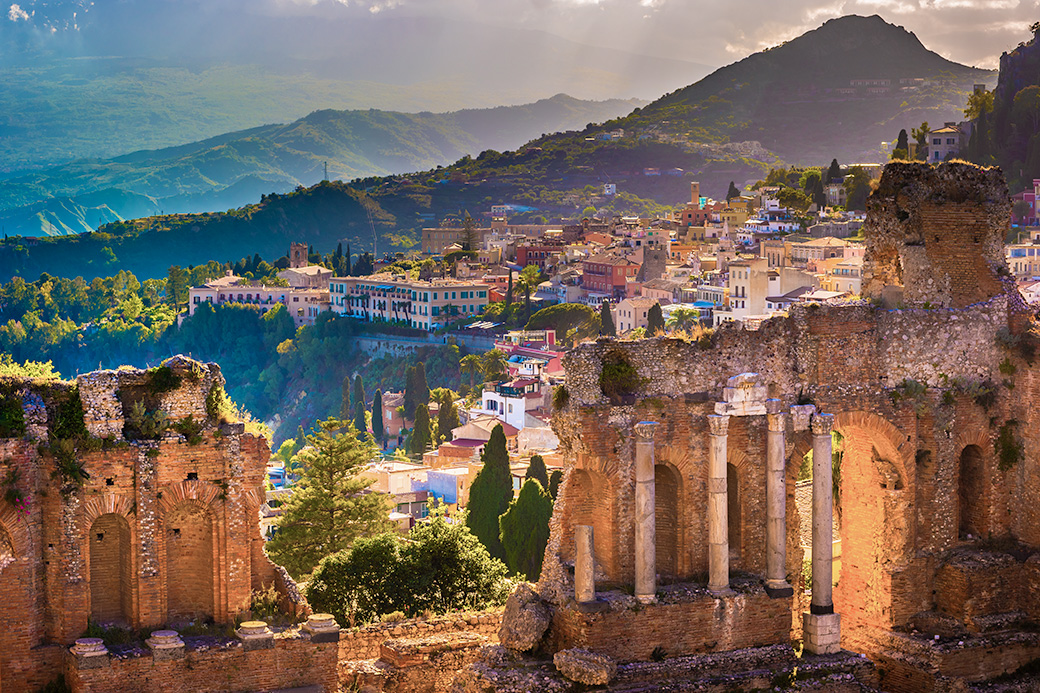 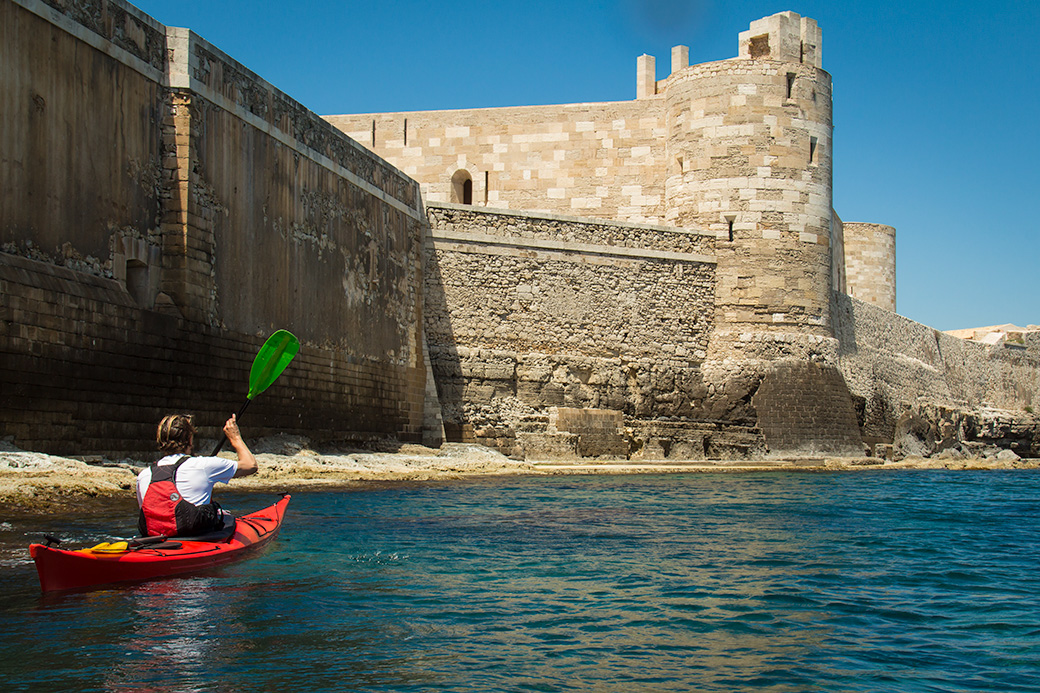 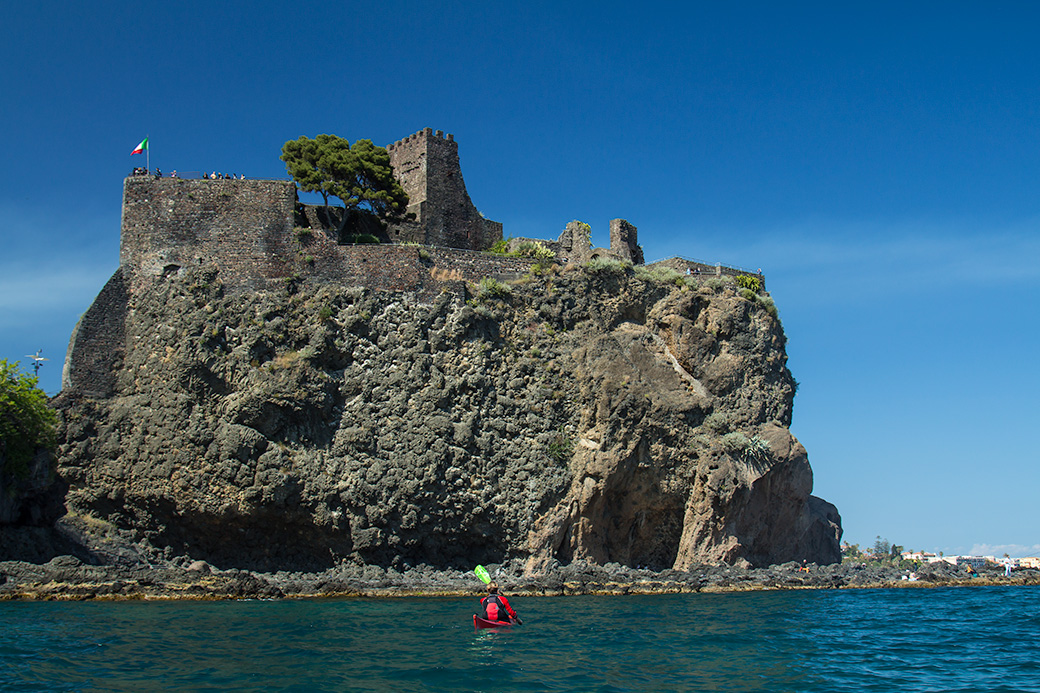 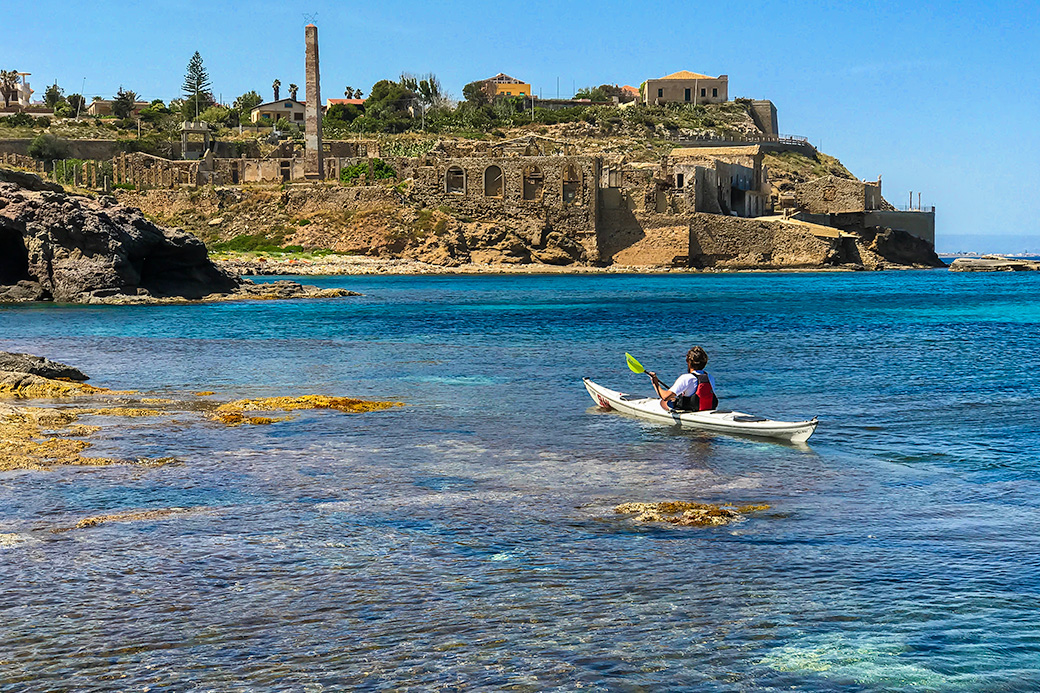 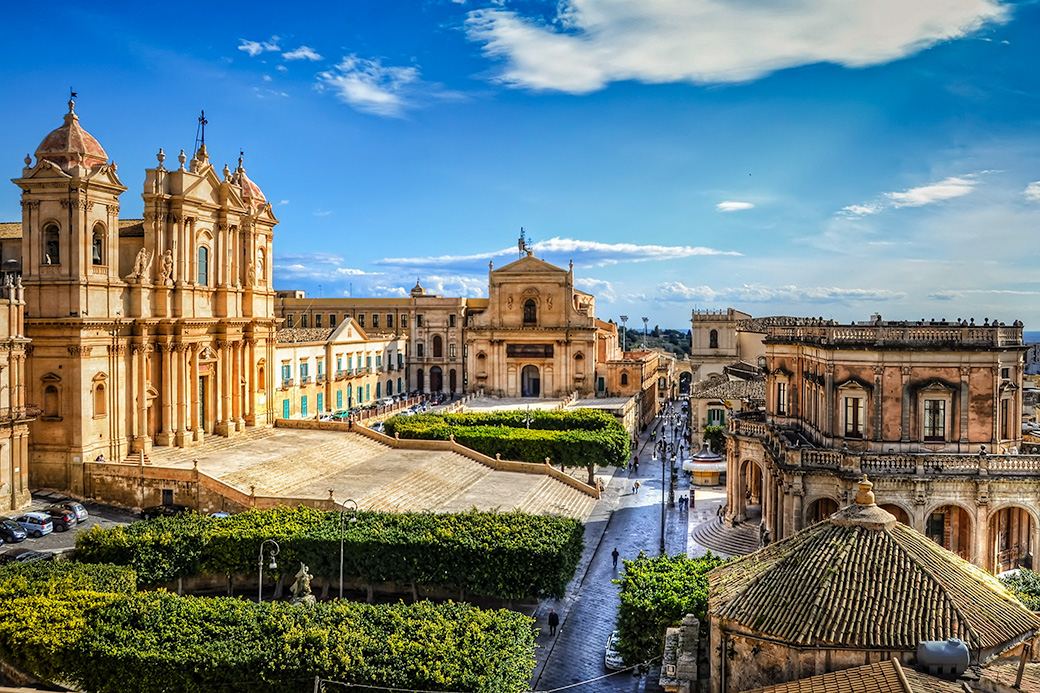
|
 2018-01-04 04:00:37 2018-01-04 04:00:37
|
Post #11
Re: 第一集西西里-人去天堂前必须去世界皮划艇梦幻之地 50 ... |
 kurtyang04 kurtyang04
|
在猫途鹰的排名中,奥提加岛名列第一 奥提伽岛 维基百科,自由的百科全书 奥提伽岛(Ortygia)是西西里岛东南部城市锡拉库萨的一个岛屿,又称为老城(Città Vecchia),包括许多历史建筑,尤其是精美的巴洛克建筑。 奥提伽岛位于锡拉库萨的东端,由一条狭窄的水道与城市分开。 荷马史诗说到提洛的阿波罗时,说女神勒托停留在奥提伽岛,先生下了阿耳忒弥斯[1],然后阿耳忒弥斯帮助勒托穿过海洋,到提洛岛,勒托在那里生下了阿波罗[2]。其他古代文献则记载他们出生在同一个地点—既不是提洛岛,也不是奥提伽岛[3]— 奥提伽岛就是提洛岛的古代名称。此外,有其他五六个地方都称为奥提伽岛,因此并不能确定。 
|
 2019-04-02 15:53:42 2019-04-02 15:53:42
|
Post #12
Re: 第一集西西里-人去天堂前必须去世界皮划艇梦 ... |
 zuan zuan
|
谢谢大家分享!怎么全是英文? |
邀请xuliang1215参加此活动